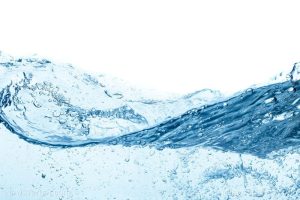
Scientists from The University of British Columbia (UBC) in Canada have developed a new water filtration technology that is capable of permanently removing perfluoroalkyl and polyfluoroalkyl substances, also known as PFAS, from drinking water.
Also known as “forever chemicals,” PFAS are believed to contaminate the drinking water consumed by more than 200 million Americans, which is most of the country. Worse, a 2020 study claimed that potentially risky levels of PFAS are present in all water supplies throughout the country.
Because PFAS are difficult to filter out of water, most Americans are likely drinking some level of them every single day without even knowing it. Prolonged consumption of these forever chemicals is linked to all sorts of serious health conditions, including cancer.
Called ‘forever chemicals’ because they take hundreds of years or more to break down, PFAs are present in many consumer products, including sunscreens, food packaging, cosmetics, and cleaning supplies, and can eventually end up leaching into the environment,” reported Nice News.
“PFAs have been linked to increased risks of cancer, decreased fertility, and a ‘reduced ability of the body’s immune system to fight infections,’ among other adverse health effects, per the Environmental Protection Agency.”
Unique absorbing material that traps PFAS can be regenerated and reused, generating very little waste
For their research into a PFAS solution, at least for drinking water, UBC scientists, led by biological engineering professor Madjid Mohseni, utilized a “unique absorbing material” that is capable of trapping and holding all known PFAS that are present in the water supply.
After PFAS are captured from water using this unique absorbing material, they are then destroyed using “special electrochemical and photochemical techniques,” UBC announced in a news release.
Some existing filtration technologies such as activated carbon and ion exchange systems are capable of removing some PFAS, but not all. Mohseni and his team’s development is the first known technique capable of removing all of them from drinking water.
